It’s the dead of winter, the middle of the night and it’s literally freezing outside. But someone wakes you up and says, quick, get up and get outside. Is the house on fire? No, you just won the northern lights jackpot and the prize is the chance to see a colorful fire in the sky. Some people travel far and spend much for a chance to see this sight. But for all the effort, sometimes it appears and sometimes it doesn’t.
One of my top bucket list items is seeing the Aurora Borealis, a.k.a. the Northern Lights. I know the best time for this phenomenon to happen is in the dead of winter, in cold climate countries, in the middle of the night. The sky needs to be clear of clouds and it should be a dark environment outside, away from the city lights. And you have to be super lucky.
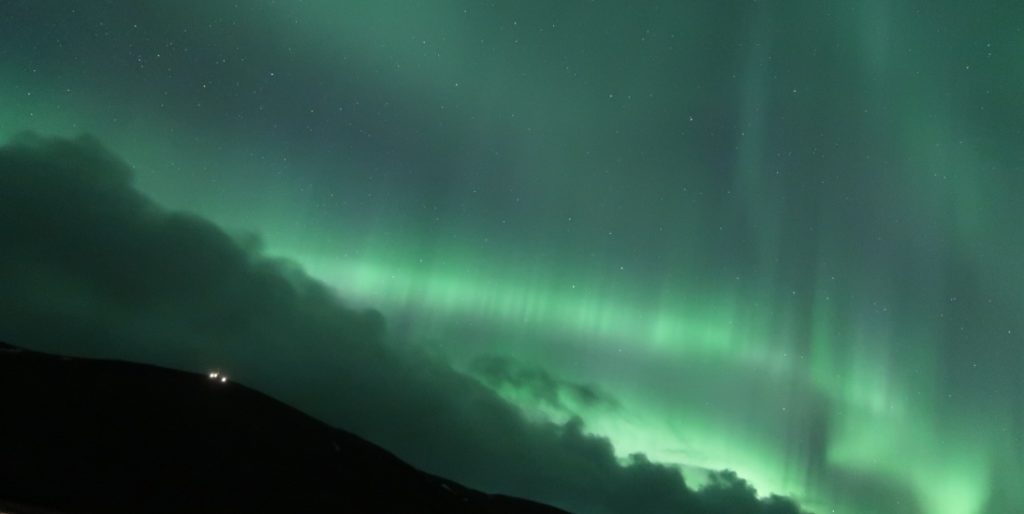
I haven’t been lucky enough yet, which is why it’s still on my bucket list.
According to the Northern Lights Centre in Canada: “The Northern Lights are actually the result of collisions between gaseous particles in the Earth’s atmosphere with charged particles released from the sun’s atmosphere. Variations in colour are due to the type of gas particles that are colliding. The most common auroral color, a pale yellowish-green, is produced by oxygen molecules located about 60 miles above the earth. Rare, all-red auroras are produced by high-altitude oxygen, at heights of up to 200 miles. Nitrogen produces blue or purplish-red aurora.”
Or, put more simply, according to National Geographic: The show starts “high in the Earth’s atmosphere—at altitudes from 60 to more than 250 miles—when charged particles from the sun become trapped in the Earth’s magnetic field.”
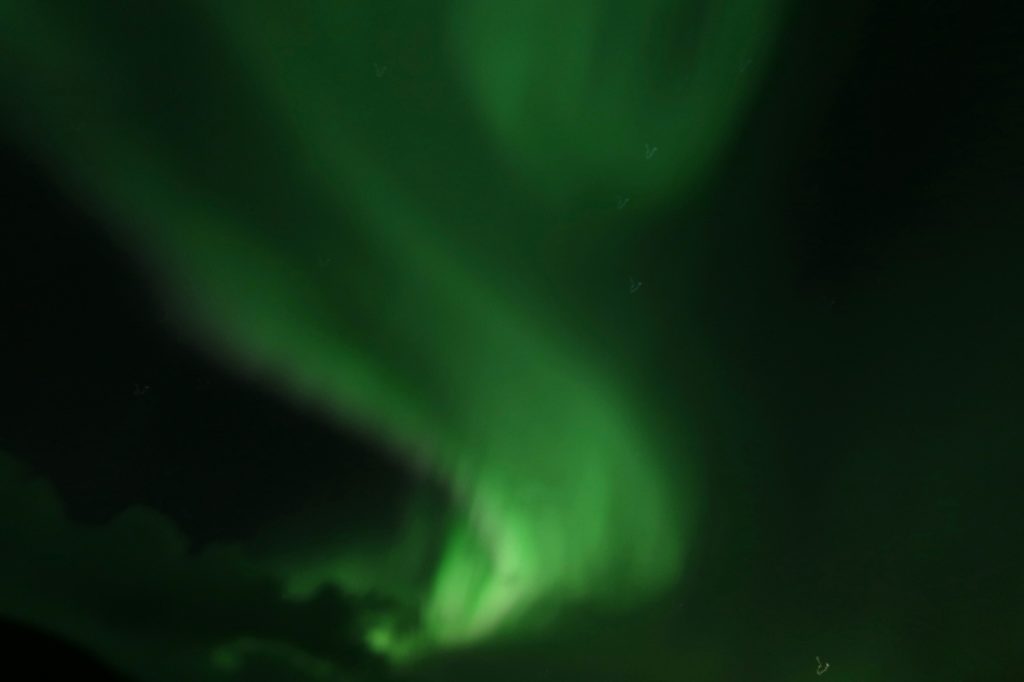
These amazing photos here are courtesy of my friend Hiroko who was lucky enough to go on a trip to Iceland with her mother and double lucky to witness this beauty in the sky herself. She told me that the sky doesn’t actually look like the photos. That the photos are actually much more brilliant than the first hand sighting.
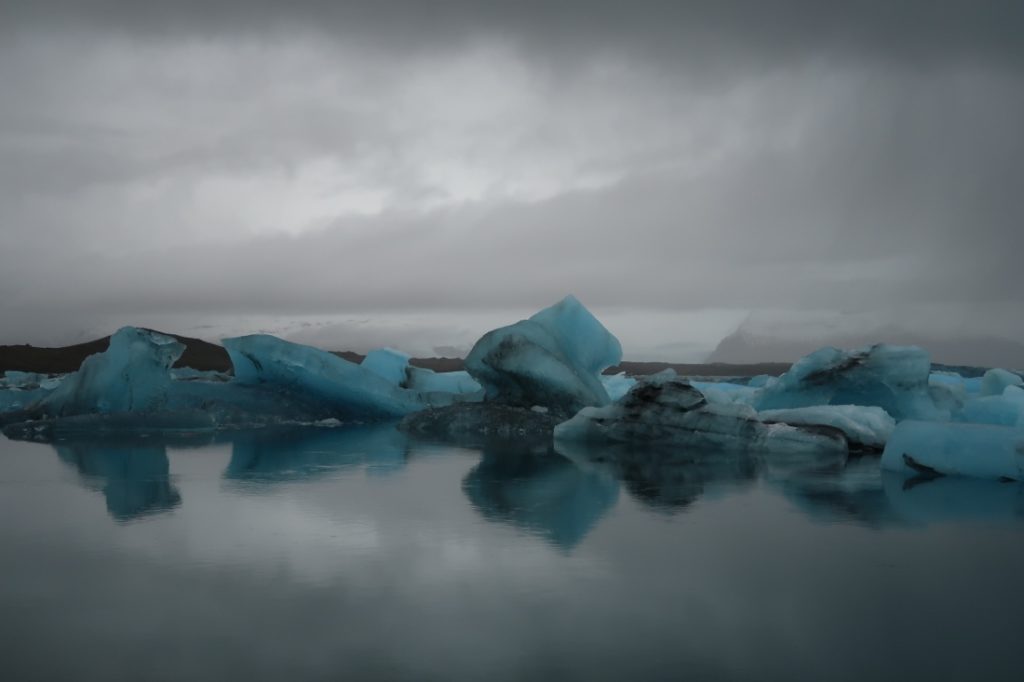
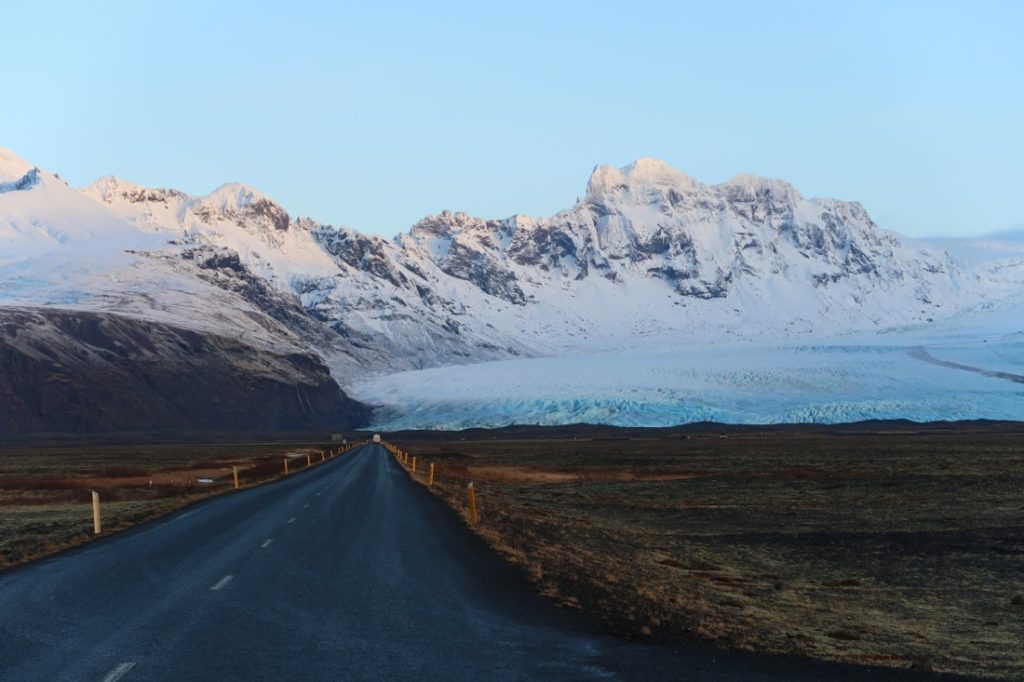
I think she picked a good country to see it, because these other photos of ice in Iceland are downright spectacular. I want to jump on a plane tonight and get there.
Yet I might have to wait longer. Scientists have found that the Northern Lights are a cyclical phenomenon. They peak roughly every 11 years. So now we’re in the downward side of the cycle. The peak already happened and the prediction is another peak in 2025. I guess that gives me some time to put my change in a piggy bank and build my Aurora Borealis fund.
Previously, the closest I’ve been to any chance of seeing this wonder is probably a visit to Fairbanks, Alaska in April 2001. I don’t know if April is a good month for sightings, but I know Fairbanks is one place to go and it was super cold. That was back when I was Communications Director for US Congressman Don Young of Alaska so I was probably too busy to chase lights in the night sky. I must be due for a return trip to Alaska.
Thank you Hiroko for sharing your beautiful photos. Iceland is now a top choice for getting this one checked off my bucket list. I’ve done some research on it and I’ve made a travel itinerary for the future (2025? Peak Aurora Borealis again).
I’d love to get a group together and go. E-mail me if you want to come along with me. I’ve started my own travel business: Epic Away Travel, and I’m looking forward to planning grand adventures and living vicariously through other people’s adventures! Come on board and we’ll plan an epic adventure together.
[email protected] www.epicaway.com #epicawaytravel #epicaway #myadventureabroad
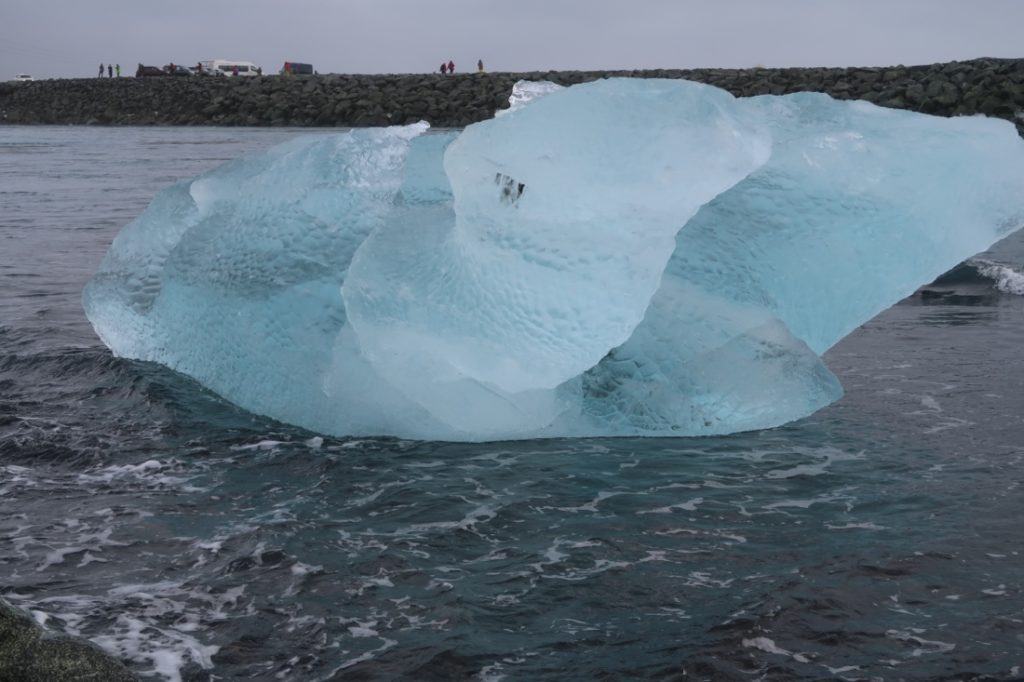
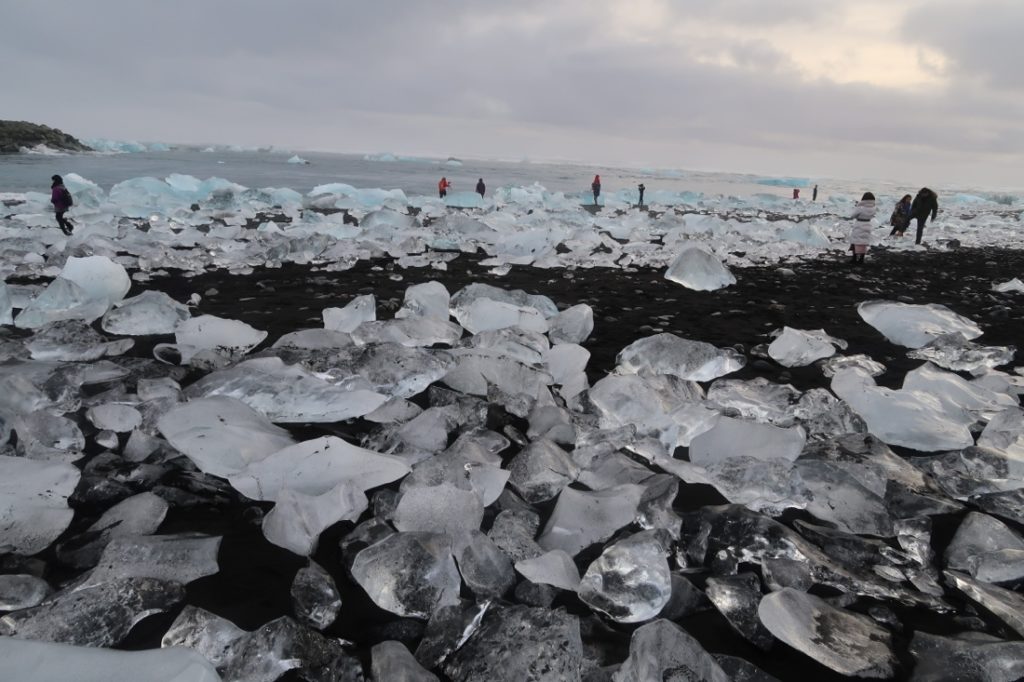
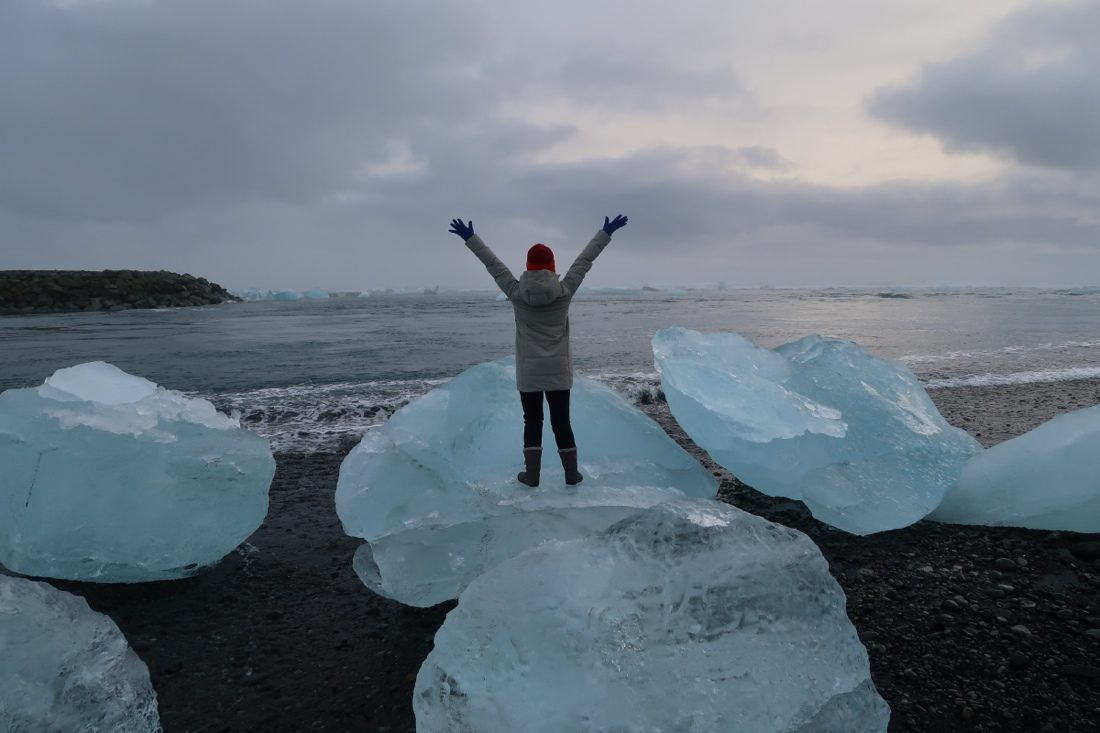
Comments (0)